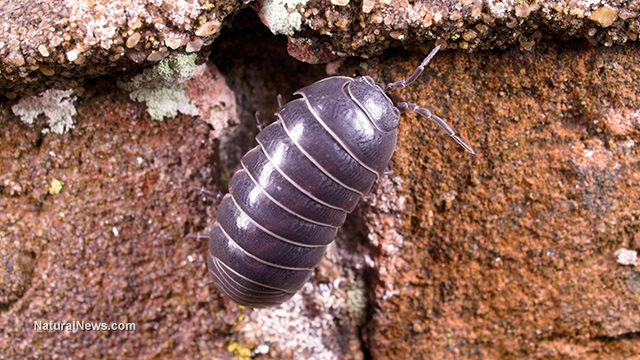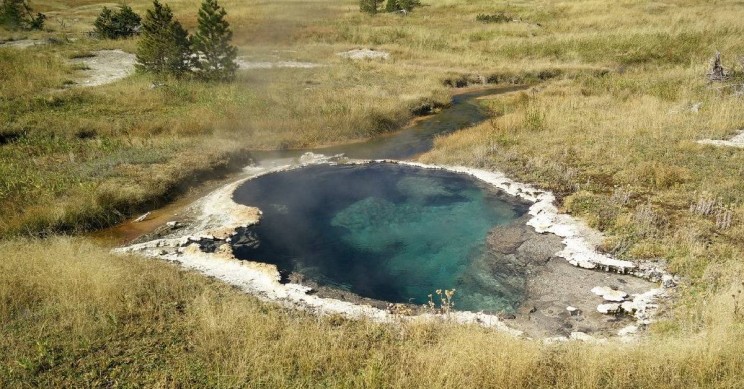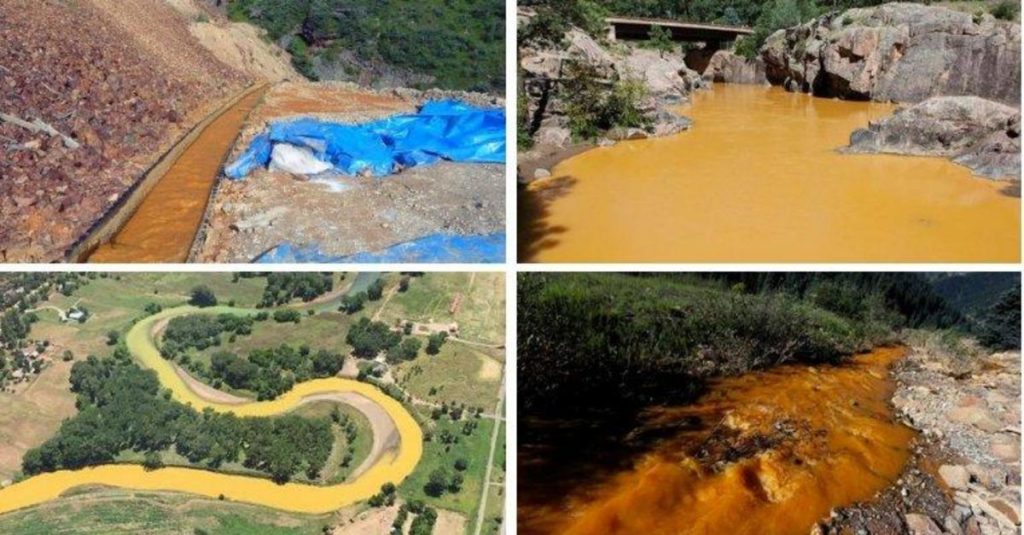
This was true when our son was 2. It still holds true now. Except now the meds can lead to far worse! ADHD drugs can lead to psychosis in some according to new study:

Tom's Blog on Life and Livingness

This was true when our son was 2. It still holds true now. Except now the meds can lead to far worse! ADHD drugs can lead to psychosis in some according to new study:

Some good data on alternative milks and their use.

Turn over a brick or a board that has been lying in the yard for a while and underneath you may find a collection of pill bugs scurrying about. Also known as “rollie pollies” or woodlice, these grey-colored creatures can be found in many dark, moist environments feeding on decaying matter. What’s interesting about these critters is that they are not bugs at all. They are crustaceans and more closely resemble crabs and shrimp, not insects. They are characterized by their ability to roll up into a ball when they feel threatened. Another unique feature is that they have seven pairs of legs. They also act like kangaroos, toting their eggs around with them in a special pouch called a marsupium, located on the pillbug’s underside. Even stranger, they don’t urinate. Instead, they exchange gases through gill-like structures.
Breeding or collecting pill bugs may be an important practice for homesteading and gardening. The guts of these pill bugs contain a number of microbes that help the critter feed on dead, organic matter. By releasing mass quantities of pill bugs into a mature garden, one can be assured that dead plant matter is being properly broken down and returned to healthy soil. Pill bugs literally speed up the process of decomposition. They circulate the soil. This can be very useful in composting. Treats for pill bugs include fungus and monocotyledonous leaves.
Pillbugs play an important role in the cycle of healthy plant life. They return organic matter to the soil so it can be digested further by fungi, protozoans and bacteria. This process produces a natural supply of nitrates, phosphates and other vital nutrients that plants need to thrive now and in future growing seasons. It is important not to introduce pill bugs into the garden too early, as they tend to munch on emerging plants. The grey soil workers often live up to three years.
Pill bugs clean up soil and protect ground water from heavy metal contamination
One very unique quality that these crustaceans possess is their ability to safely remove heavy metals from soil. For this reason, they are an important tool for cleaning up soil contaminated with pollutants like lead, cadmium and arsenic. In coal spoils and slag heaps, pill bugs come in handy. They take in heavy metals like lead and cadmium and crystallize these ions in their guts. The heavy metal toxins are then made into spherical deposits in the mid gut. With this special cleanup property, pill bugs survive where most creatures can’t, in the most contaminated sites.
The magic of the pill bugs helps reestablish healthy soil and prevents toxic metal ions from leaching into the groundwater. This means pill bugs are also protecting well water from becoming contaminated while stabilizing soils.
https://www.naturalnews.com/049190_rollie_pollies_heavy_metals_soil_remediation.html

In Yellowstone National Park, lies the Heart Lake Geyser Basin. This area is home to pools of hot water, ranging from about 110 to nearly 200 degrees Fahrenheit, that carry some very impressive bacteria that eat pollution and breathe electricity.

A sysnopsis of one doctor’s story about the cancer fighting preoperties of B17 and MMS.

There is much more than meets the eye with the banana. A household favorite, a loss-leader at the grocery store, a metaphor for psychiatric problems, a mainstay of comic slap stick, the banana has woven itself deeply into human affairs, on both gut and mental levels. And this relationship is at least 10,000 years old, as far as conscious human cultivation of the species goes.
http://www.greenmedinfo.com/blog/7-ways-heal-bananas-evidence

More weed killer than vitamins? THAT’S a concern!
Laboratory tests commissioned by EWG found levels of glyphosate, first produced by Monsanto as Roundup, in samples of General Mills’ Honey Nut Cheerios. The amount of the toxic pesticide exceeded the amount of both Vitamin D and Vitamin B12. In a sample of Quaker Oatmeal Squares, there was more glyphosate than Vitamin A.
See me at stand F63 at the Mind Body Spirit and get some of my Muesli! it has 25 ingredients, most of them organic!
https://www.ewg.org/release/tests-reveal-more-weed-killer-some-vitamins-kids-cereals

Stand up for your rights or lose them!

“RESULTS:
The overall contribution of curative and adjuvant cytotoxic chemotherapy to 5-year survival in adults was estimated to be 2.3% in Australia and 2.1% in the USA.
CONCLUSION:
As the 5-year relative survival rate for cancer in Australia is now over 60%, it is clear that cytotoxic chemotherapy only makes a minor contribution to cancer survival. To justify the continued funding and availability of drugs used in cytotoxic chemotherapy, a rigorous evaluation of the cost-effectiveness and impact on quality of life is urgently required.”

Neither communism and capitalism are our best solutions going forward. The current system is not working to benefit the common man. Here’s more evidence.
A new Associated Press report has blown the lid off the mining industry’s toxic effect across the United States, revealing that over tens of millions of gallons of contaminated water tainted by arsenic, lead and other dangerous metals are flowing into lakes, streams and other drinking water sources on a daily basis.
The report reveals the horrific cost the public has been forced to bear for private corporations’ pursuit of raw material wealth, specifically in terms of the cost of the disposal of toxic waste – a responsibility that has been ignored by wide swathes of the mining industry. The mining industry has instead allowed such toxins and contamination to flow unimpeded into precious water sources in states like California, Colorado, Montana and Oklahoma.
Companies that mined for gold, silver, lead and other minerals were given free license to strip the earth in search of these raw materials. Once the mining projects failed to yield further profits, the companies were allowed to relocate to previously unutilized areas with no regard for the toxic waste they left behind.
In effect, these companies were externalizing the costs of mining to taxpayers — who unknowingly footed the bill for the clean-up – or to future generations who are now forced to suffer the health consequences and ecological damage resulting from the unwillingness of companies to pay for the cost of toxic disposal and the detoxification of former sites.
The AP investigation entailed looking at public data and research on 43 mining sites under federal oversight, including complexes that included anywhere from dozens to hundreds of mines.
On average, over 50 million gallons (189 million liters) of contaminated wastewater has been flowing from the sites on a daily basis.
Oftentimes, the untreated wastewater trickles or flows into nearby ponds, rivers, soil and groundwater, comprising about 20-million gallons (76 million liters) of polluted water that could fill over 2,000 tanker trucks, according to the report.
The remaining water which is actually treated comes at a great cost to taxpayers, who will likely be forced to capture the waste or treat polluted streams for thousands of years, if not indefinitely, long after the mining firms have profited from ruining the environment.
In many cases, the pollution has persisted despite these sites being listed as Environmental Protection Agency (EPA) Superfund cleanup sites – among the country’s most hazardous, which have been frequently linked to cancer, birth defects, and rare, deadly diseases.